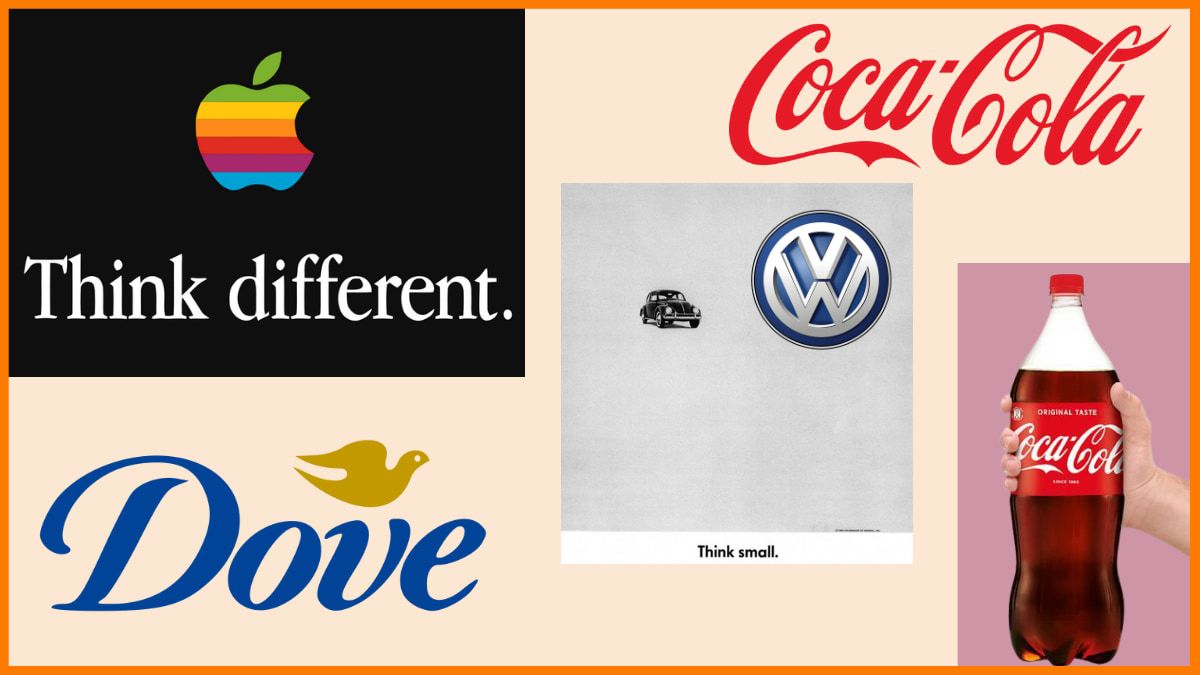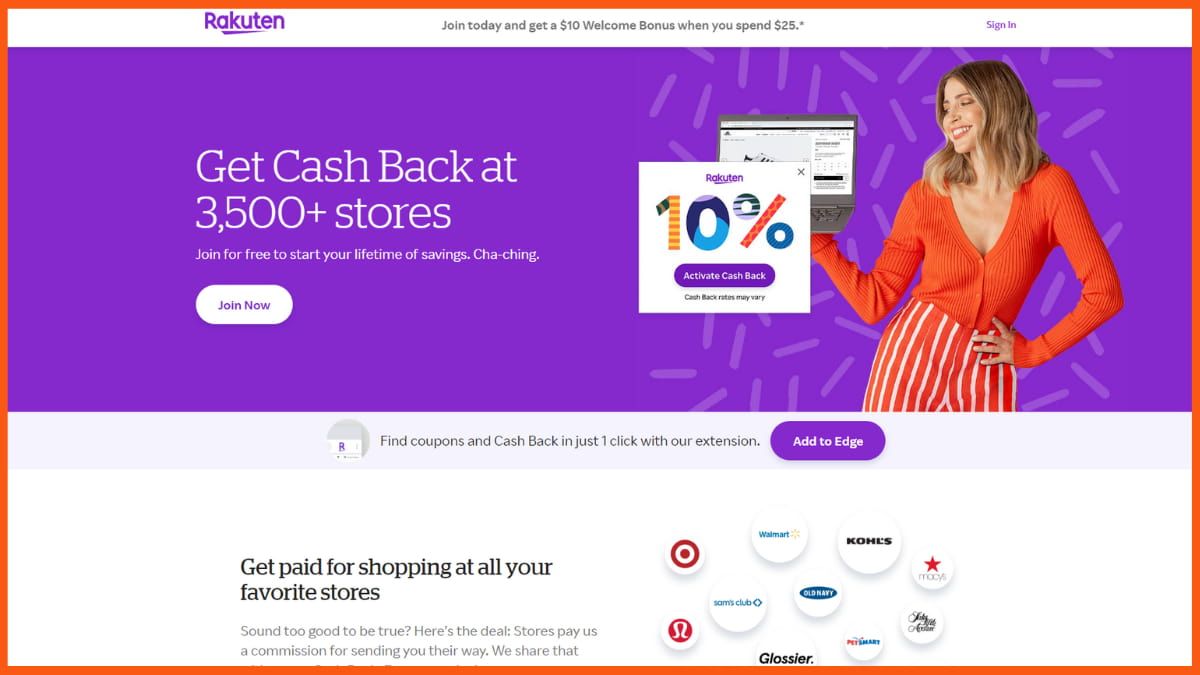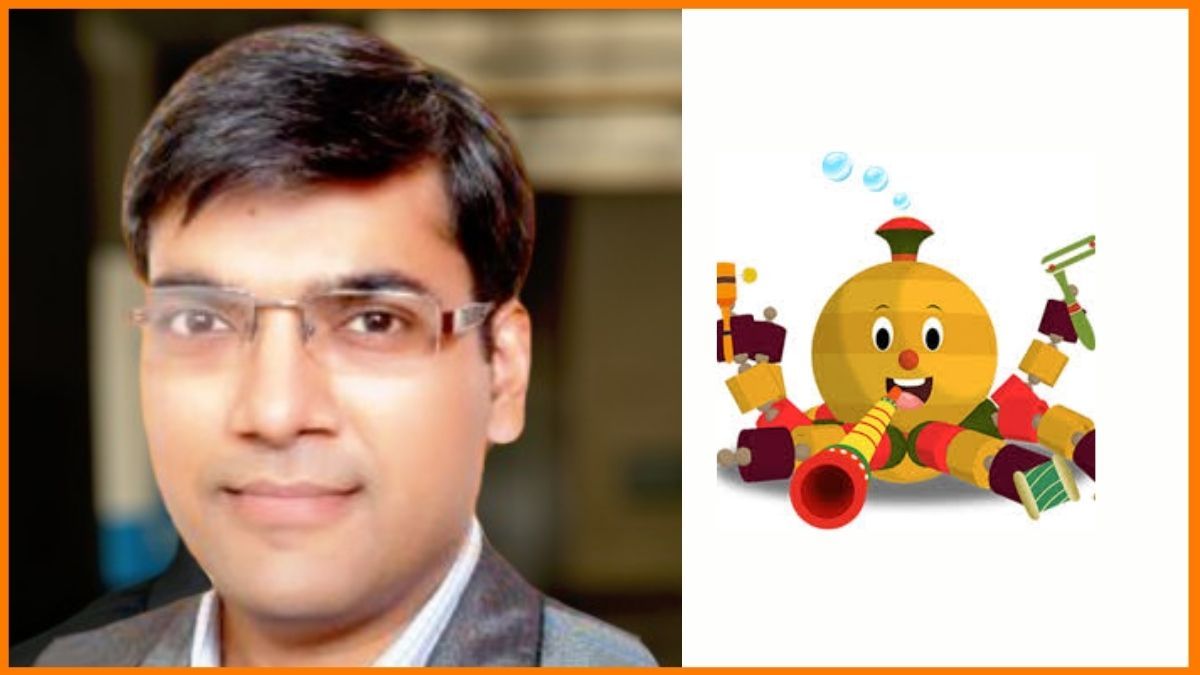Company Profile is an initiative by StartupTalky to publish verified information on different startups and organizations. The content in this post has been approved by StudioBackdrops.com.
The Photography industry encompasses a range of photographic services, including commercial photography and portrait photography. Photography was once classified as a hobby profession only, but it has seen unprecedented growth in the last few years. The global photographic services market is expected to grow from $39 billion in 2021 to $43 billion in 2022. There are around 2 Lakhs of the photography business in the US, which generated $10.5 billion in revenue. Indian Photographers and cinematographers lack the availability of useful tools. StudioBackdrops.com is an eCommerce photography retailer that meets the demand for tools and techniques for passionate photographers.
Read to know about StudioBackdrops.com, its founder, the startup story, products, and business Model.
StudioBackdrops.com – Company Highlights
| Startup Name | StudioBackdrops.com |
|---|---|
| Headquarters | New Delhi |
| Industry | Ecommerce-Photography and video equipment |
| Founder | Archisman Misra |
| Founded | 2016 |
| Website | studiobackdrops.com |
StudioBackdrops.com – About
StudioBackdrops.com – Industry
StudioBackdrops.com – Founders and Team
StudioBackdrops.com – The Idea and Startup Story
StudioBackdrops.com – Products
StudioBackdrops.com – Business Model and Revenue Model
StudioBackdrops.com – Customer Acquisition
StudioBackdrops.com – Marketing
StudioBackdrops.com – Challenges Faced
StudioBackdrops.com – Funding
StudioBackdrops.com – Recognition and Achievements
StudioBackdrops.com – Future Plans
StudioBackdrops.com – About
StudioBackdrops.com is a D2C platform that provides curated and affordable photography and video equipment to photographers, cinematographers, content creators and production houses in India.
Their short term vision is to gather the most unique and niche photography and videography products from all over the world and make them available on its platform. They also want to create awareness about these products and educate their audience about the best way to use them.
Their long term vision is to become the biggest platform for Photography, Video and Audio solutions in Asia. They also want to be able to offer products from every possible vertical in the Imaging Industry to their rapidly growing audience. This would enable creators to buy everything they need to set up their studios directly from one place without having to jump from one marketplace or store to another.
StudioBackdrops.com was founded with the goal of giving the community of creators and creative professionals access to better tools and equipment at affordable prices. At the same time they want to create a community of creators involved with helping each other create the best content with the equipment they have. And to educate them about new types of equipment and how those can take their work to the next level and compete with the best of the best. They aim to do to the imaging market in India what Nykaa did to the beauty and personal care market.
StudioBackdrops.com – Industry
StudioBackdrops.com belongs firmly in the Consumer Electronics industry as a retailer of Photography, Videography and Audio industry related products.
The global audio and video equipment market size is expected to grow from $149.00 billion in 2021 to $158.81 billion in 2022 at a compound annual growth rate (CAGR) of 6.6%. The audio and video market is expected to reach $196.50 billion in 2026 at a CAGR of 5.5%. The Asia-Pacific Region accounts for almost 30% of this business. In this region China and India generate the most business with 900 Million + and 600 Million + active internet users.
With the Indian creator economy growing at an exponential rate, they envision StudioBackdrops.com as the ultimate support system of these creators. Already some of the biggest creators in India swear by equipment from StudioBackdrops.com. As the number of creators and influencers grow, they will always be right alongside them offering them the exact products and equipment they need to keep their content looking fresh and at par with International standards.
StudioBackdrops.com – Founders and Team

Archisman Misra is the Founder & CEO of StudioBackdrops.com. He did his schooling at K.R.Mangalam, New Delhi followed by a B.Tech in Computer Science. After his bachelor’s he chose to follow his childhood dream of photography and established himself as a commercial photographer working for some of the biggest brands and agencies.
StudioBackdrops.com – The Idea and Startup Story
Archisman Misra had been passionate about photography ever since he was a kid. During my school and college years, he had a yearning to learn more about photography and he went to the best learning resource on the Internet – YouTube. He wanted to increase and improve his portfolio so he started looking for tools that the photography educators on Youtube were using. Many of these tools were not available in the Indian market, and the some that he did find were incredibly out of budget. While working as a professional photographer, he talked to other photographers around him and they were facing the same dilemna. This led to the birth of the idea to create a platform to provide good quality and yet affordable products to photographers, cinematographers, and other creators.
As with all his ideas, his first sounding board was my parents. He have always dreamed big and has a tendency to get ahead of himself. His parents know this and always counter his ideas with questions. When he had provided valid answers for all their questions, they gave him their blessings, hence validating his idea.
He started listing down the verticals he would start with and studio backdrops came across as an obvious choice. He started talking with local manufacturers and international brands who were experts in backdrops and at the same time christened the company as StudioBackdrops.com. He also decided to bootstrap the startup with his own savings instead of looking for investors. The journey of ideation, designing and prototyping the idea was something that he went at solo, both to save costs and because he had experience of wearing many different hats throughout the years.
In October 2016 StudioBackdrops.com went live on Amazon shortly followed by their own website StudioBackdrops.com.
StudioBackdrops.com – Products

StudioBackdrops.com is primarily a curated D2C platform selling niche products to the Photography and Video industry. These niche products had not been introduced to the Indian market but yet were often vital to creative processes and studios. Since starting with Backdrops as their primary focus, they kept innovating, improving, and increasing the worldwide standards of the product. I am proud to say that StudioBackdrops.com is home to the largest collection of Backdrops in the world.
StudioBackdrops.com initially started as a marketplace model of eCommerce where brands and distributors could sell their products. This was the time Amazon and Flipkart were surging in popularity and he quickly realised it would be impossible to compete with them. He immediately pivoted to an inventory model of eCommerce and started reaching out to Manufacturers and Brands and became an importer and distributor for these brands in India.

StudioBackdrops.com – Business Model and Revenue Model
StudioBackdrops.com works on an omnichannel model of Business. The website directly engages with the D2C channels whereas the business development teams handle the B2C and B2B2C channels. StudioBackdrops.com works on an inventory model of eCommerce and hence is a direct distributor of multiple brands across India and is responsible for their marketing and advertising efforts.
StudioBackdrops.com – Customer Acquisition
The first platform for the launch was Amazon, quickly followed by the D2C website. They quickly understood that social media and a great customer experience would be the biggest tools to help us acquire more and more customers. This essentially became a big part of their strategy and they mainly depended on word of mouth promotion to acquire their first 100 users. Their customers loved the products they had on offer and became vocal advocates for the brand and quality.
StudioBackdrops.com – Marketing
StudioBackdrops.com has followed a very unorthodox route when it comes to marketing. It was decided pretty early on by Archisman that SBDC would be completely bootstrapped and this meant that he needed to achieve a lot of results with the lowest spend. He brought in all the experience he had gathered over the years, shooting campaigns for brands, and being actively involved in marketing them. He was quick to realise that no amount of marketing and ad campaigns could replace solid brand awareness and customer trust. To date, a lot of their marketing still revolves around creating brand and product awareness and helping customers make knowledgeable buying decisions. This builds trust and in turn, they recommend SBDC to their closely-knit community of creators, slowly and steadily building their user base and increasing the demand for the products they have on offer.

StudioBackdrops.com – Challenges Faced
When the country was brought to a standstill due to the pandemic, SBDC was stuck in limbo without a working supply chain and logistics partner. But during the lockdown a completely new opportunity presented itself. The lockdown made stars out of struggling content creators and brought many new ones to the centre stage. The collective creativity of the country was growing and SBDC wanted to help them unleash it.
As soon as the lockdown eased, they jumpstarted their supply chain, onboarded more logistics partners, and started shipping to 22000 pin codes across India. Their sales saw the largest ever boost once the lockdown was opened, as everyone was shifting to creating content from home. This trend has continued and StudioBackdrops.com has become the destination for content creators looking to add production value to their content and to compete with the best of the best.
StudioBackdrops.com – Funding
StudioBackdrops.com remains completely bootstrapped and has not raised any funds to date.
StudioBackdrops.com – Recognition and Achievements
StudioBackdrops.com was recently named as one of the top 500 Challenger D2C Brands from India by Yourstory as a part of their Brands of New India Initiative.
StudioBackdrops.com – Future Plans
StudioBackdrops.com intends to bring to market a whole host of niche and unique products along with popular offerings across multiple verticals. This is in line with SBDC’s goal to become the largest omnichannel destination for photo, video, and audio in Asia. Along with products, StudioBackdrops.com intends to release a wide range of educational content aimed at Content Creators, Youtubers, Photographers, Cinematographers and more. They are also planning to launch an Incubator Program to support content creators directly. The program will provide content creators with the products they need and professional advice from industry leaders to improve their content.
FAQs
When was StudioBackdrops.com founded?
StudioBackdrops.com was founded in 2016 in New Delhi.
Who is the founder of StudioBackdrops.com?
Archisman Misra is the founder of StudioBackdrops.com.
Is StudioBackdrops.com funded?
No, StudioBackdrops.com is a bootstrapped startup.




























































